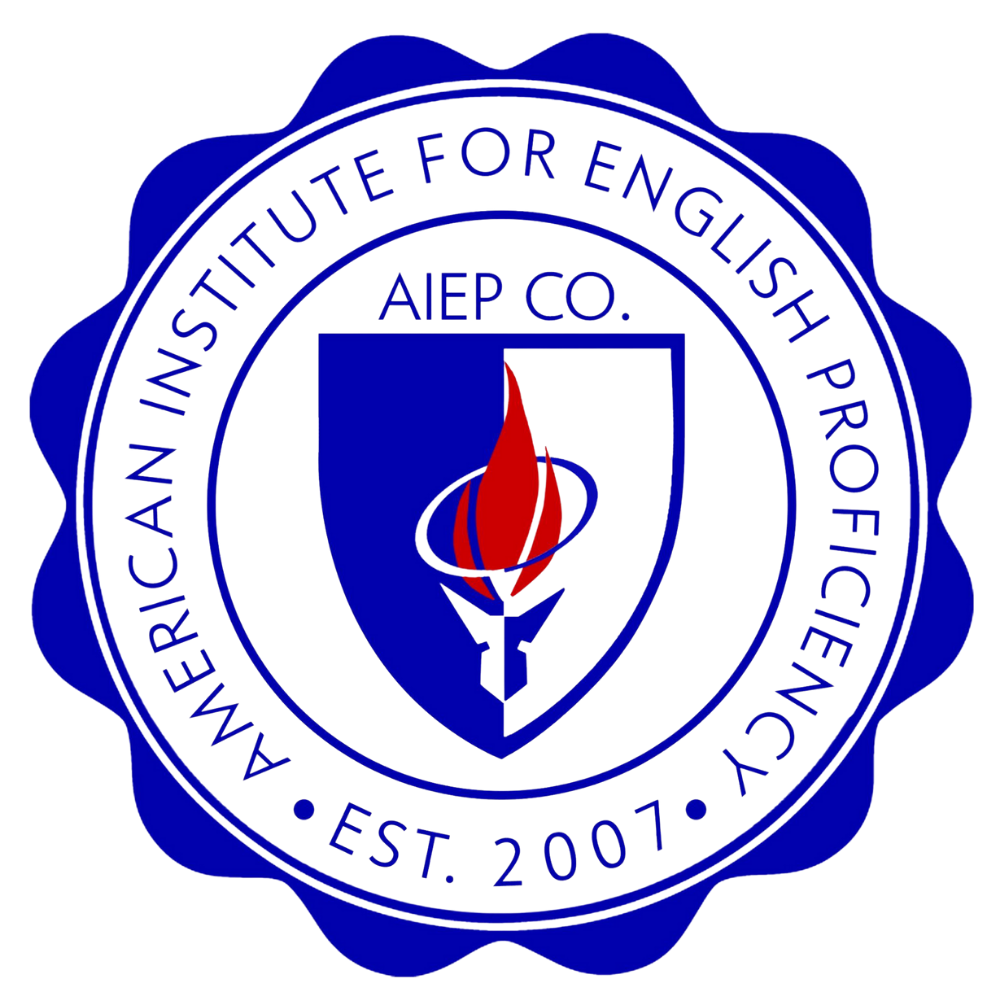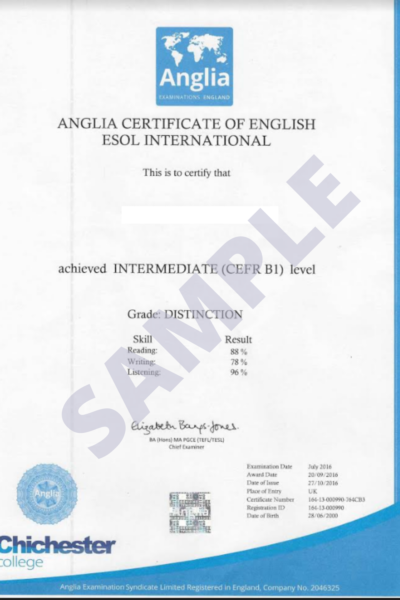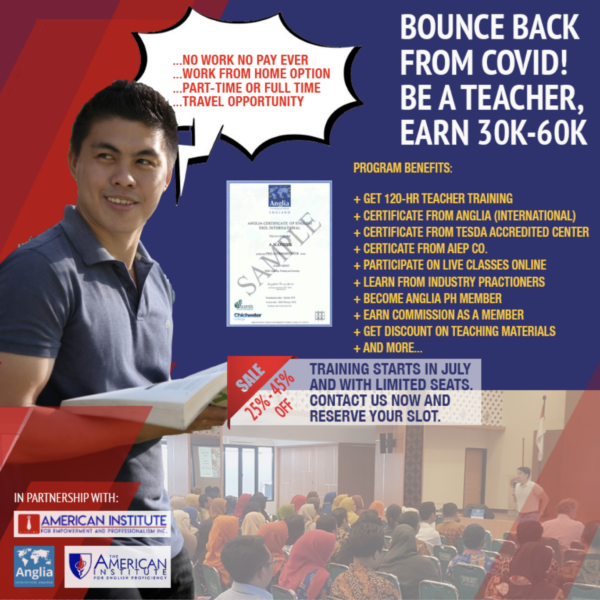So you want to teach English? You’re here because you want to begin your journey as a professional English teacher. You’re also here because you don’t know where to begin.
You’ve come to the right place.
There is so much information out there online, and even though you can speak and understand English very well, the barrage of information overwhelms you to the point of confusion.
I’m sure you heard of the different kinds of English teachers out there. Some are paid very well, but most are still struggling to make ends meet.
What, then, makes the difference between a struggling English teacher and a highly successful one, someone who not only enjoys what they do, but make a lot of money doing it?
I’m sure you have a lot of questions, so let’s tackle each one of them one by one.
How do I start? Where do I begin?
For veteran English teachers who are making the transition, it’s a little bit easier. All you have to do is get your certification and put in the application. Some seasoned teachers however, still need some polishing on three things: grammar skills, methodology, and pedagogy. You can still take courses to make sure you are competent and credible.
For new English teachers, the process is a little bit longer if you are not a quick learner. For one, you have to practice a lot so that you don’t sound like you’re an amateur. That means you have to enroll yourself in grammar, writing, and public speaking courses to make sure you have the knowledge and skills it takes to be a professional English teacher. Second, if you are not an educator, there are many things you have to understand about teaching methodology–from creating lesson plans to handling students. Finally, you should truly understand pedagogy, which involves taking into consideration many things including teaching strategies, actions, decisions, and judgments, to understand the discipline of teaching and training.
Sounds confusing? Let’s simplify:
- Improve your English language skills. Take a class or two. Don’t just dive in to teaching. Put some time learning the basics and core foundations in reading, writing, listening, and speaking. Make sure your grammar is good to great. Improve your American accent.
- Learn methodology. When you take a class, observe the trainer’s methods. Better yet, take a certification course. This is where TESOL or CITE comes in.
- Understand pedagogy. This takes a little bit longer. You will understand more about the world of teaching, training, and education as you go along your journey. The most important part is #1 and #2 for now.
What is the difference between TESOL, TEFL, TESL and CITE? How do I know which one is better for me?
They are all pretty much the same. They are all teacher certification courses. Let’s look at their names.
TESOL: Teaching English to Speakers of Other Languages
TEFL: Teaching English as a Foreign Language
TESL: Teaching English as a Second Language
CITE: Certificate for International Teachers of English
One very important thing to note here is that you must pass an EXAM to get the CITE Certificate.
How do I know if the certification is legit?
I’m sure you’ve seen so many offerings out there. You are going through information overload. What makes it even more frustrating is that there are so many promos that you begin to wonder, is this even legit?
Five hundred pesos for a professional certification? How can a TESOL certification be this cheap? How can shipping the physical certificate be more expensive than the training itself?
How do I know if the schools will be accepting my certificate? Does it matter to them where I get my certification?
The fact of the matter is, anyone can say they are accredited and recognized. Anyone? Yes, anyone! TESOL certification is a lucrative business, and unfortunately, there are many scrupulous and opportunistic businesses taking advantage of those who are easily attracted to lower prices.
Yes, English teaching certifications shouldn’t be expensive; but they shouldn’t be dirt cheap either.
Here’s what you can do: ask the school which institution accredits them. Here is a list of the biggest and most popular accrediting bodies:
- Training Qualifications UK (TQUK)
- WTEFLAC (The World TEFL Accrediting Commission)
- ALTE (Association of Language Testers in Europe)
- OFQUAL (The Office of Qualifications and Examinations Regulation)
- ACCET (Accrediting Council for Continuing Education and Training)
- ODLQC (Open and Distance Learning Quality Council)
- ACTDEC (Accreditation Council for TESOL Distance Education Courses)
- TESL Canada
- Accreditat
- Colleges and Universities
So what should I look for then?
Let’s make this really simple. Here are four things you should look for:
- Accreditation. We’ve already discussed this above. The American Institute for Empower and Professionalism (AIEP Inc.) CITE certificate is accredited by OFQUAL (The Office of Qualifications and Examinations Regulation).
- Instructors. Look for instructors who are passionate and have extensive knowledge. They shouldn’t be teachers who are just reading from their notes. They really should be experienced.
- Practicum. One of the most important thing is the experience you get as a teacher while you are under training. AIEP Inc. provides all our participants internship and apprenticeship.
- Program. Is it just an online read and click program? While this may be a good start, it’s definitely much better to have a blended learning: online and expert-led sessions. Furthermore, how long is the actual classroom training? Make sure that you have at least 40 hours of live training with the instruction. Some centers make you attend only a few hours and they have you accomplish all the hours on your own.
![]()







Share this entry